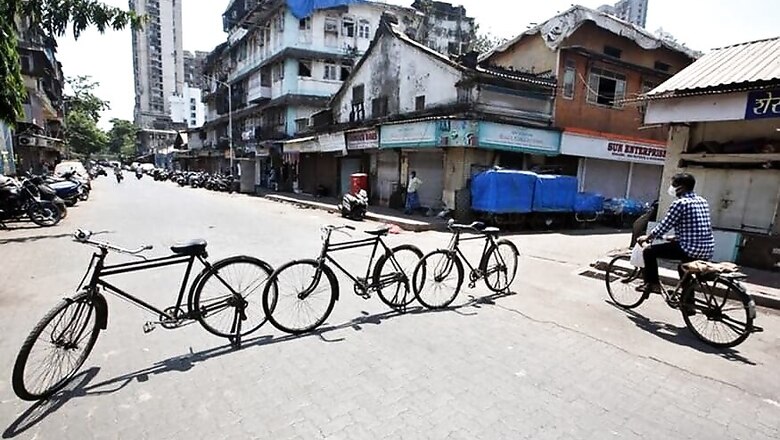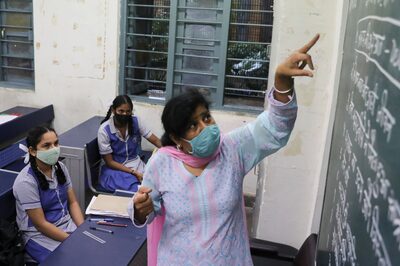
views
As people appear to prefer personal modes of commute during a pandemic, the Union Housing and Urban Affairs Ministry has advised states to promote and revive non-motorised transit systems, like cycling, to prevent transmission of the coronavirus.
It also asked them to implement cashless technology on public transport systems.
Citing the examples of world cities which have promoted non-motorised transport to tide over the Covid-19 crisis, the ministry said New York has added 40 miles of new lanes to support cyclists and Oakland has closed 10 per cent of its streets for motor vehicles.
Bogotá in Colombia added 76 km of cycling lane overnight, it said.
Similarly, in an advisory to states and metro rail companies on Friday, HUA Secretary Durga Shankar Mishra said non-motorised transport systems should be encouraged and revived across India.
"As most urban trips are clocked in under five kilometres, non-motorised transport offers perfect opportunity to implement in this COVID-19 crisis as it requires low cost, less human resource, is easy and quick to implement, scalable and environment-friendly," the advisory said.
For public transport systems, the ministry suggested a “three-pronged strategy" — with short (six months), medium (one year) and long-term (one to three years) measures.
It said public transport should be restarted with “greater confidence of commuters".
It is imperative that transmission of infection through public transport is curbed by adopting the right sanitisation, containment and social distancing measures, the ministry said.
"Touch-less systems like BHIM, PhonePe, Google Pay, PayTM and National Common Mobility Card will reduce human interaction in operations of public transit systems," it said.
Also Watch:
India has a robust 700 km of operational metro rail in 18 major cities and a Bus Rapid Transit network of about 450 km operational in 11 cities carrying 10 million passengers daily. The capacity is likely to remain underutilised for some time as commuters remain wary of using shared systems due to fear of contracting the coronavirus.
"Due to the social distancing norms being practised, their capacities would be utilised at 25 to 50 per cent of pre-coronavirus levels. Such dramatic and dynamic changes in demand and supply will require complementing these public transport systems with alternative modes of transit," it added.




















Comments
0 comment